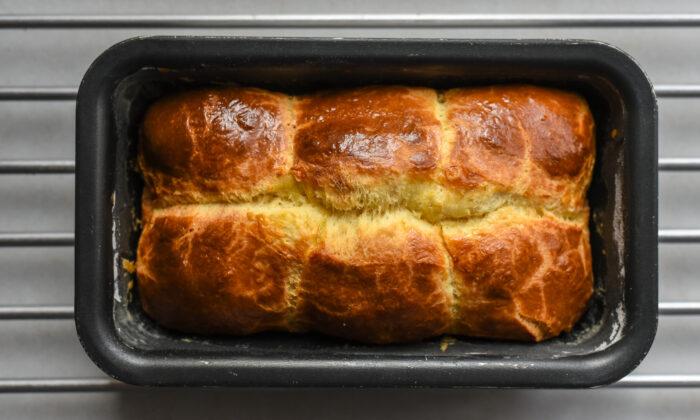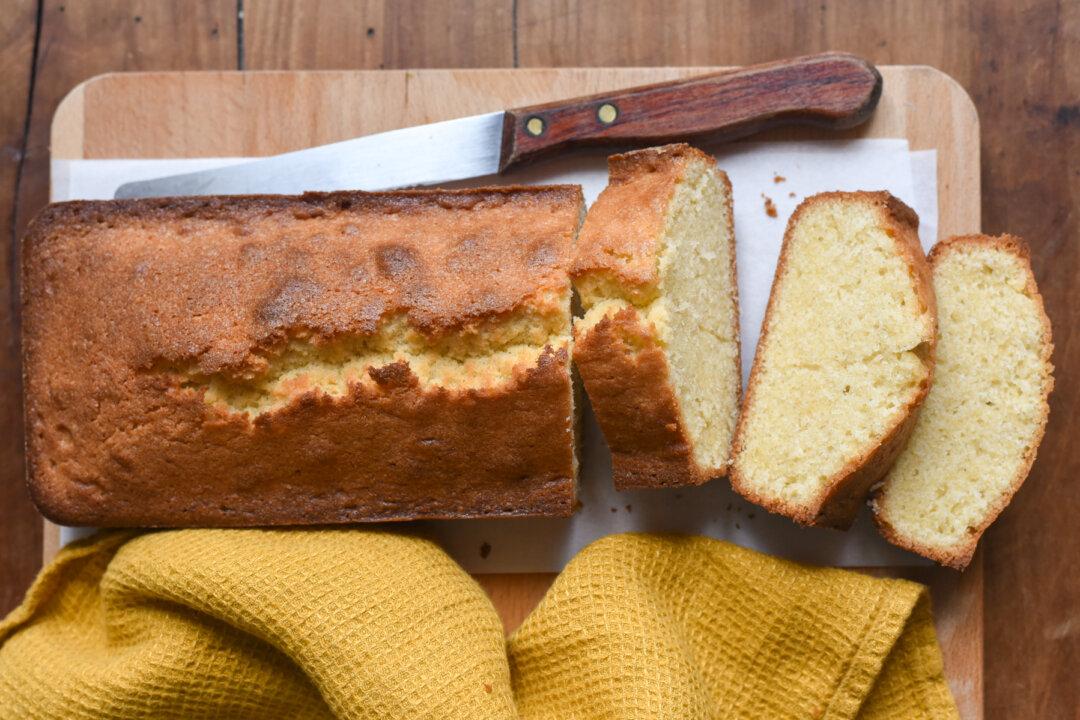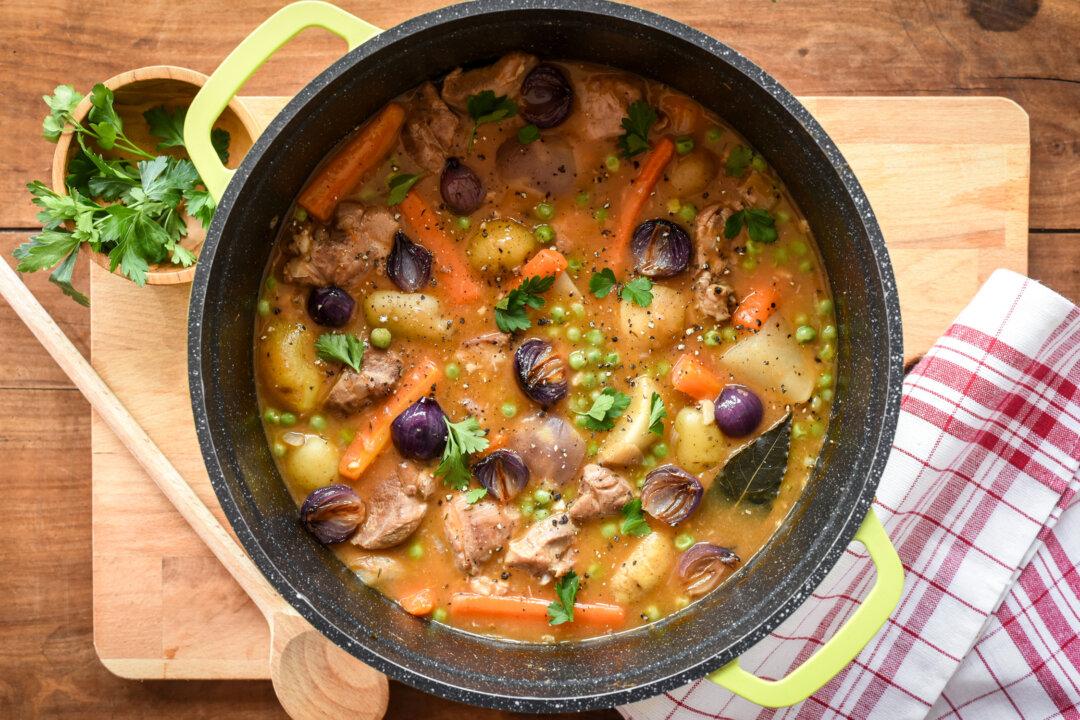The French have a passion for brioches, which they seek out at bakery stalls and markets, and occasionally make at home. The soft, pillowy bread is a favorite for breakfast, enjoyed with butter and jam, and for the traditional goûter (mid-afternoon snack), with one or two squares of chocolate. Making brioche for Easter morning is a tradition the French follow proudly every year.
Each region has its own take, but brioche pur beurre—the butter brioche—is the classic version that everyone can agree on. It’s a loaf you can find virtually anywhere in France, likely the most popular of all. Unlike other variations that can include milk or cream, this one, as its name suggests, is all about the butter, making for a uniquely rich crumb.
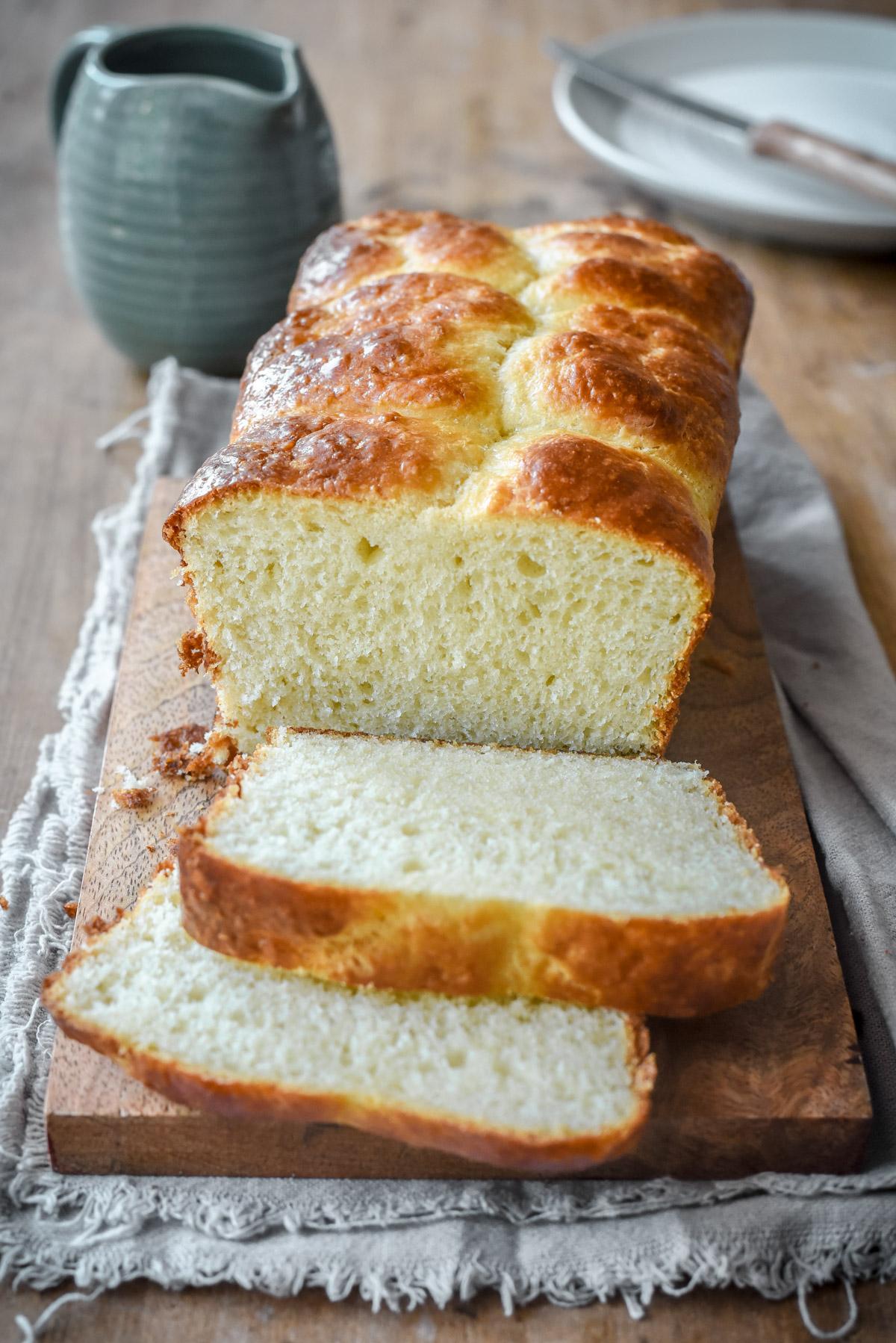
Tips for Success
If you’re a novice baker, homemade brioche might sound intimidating—but it really isn’t. Brioche pur beurre is a great way to start. This recipe requires some time and following a step-by-step process, but uses only simple ingredients you likely already have, and no advanced techniques. Make sure you read the following tips, be patient, and you will be rewarded with a glorious, golden breakfast.The Equipment
Although you can absolutely make brioche by hand, a stand mixer will make the process much easier, as you let the hook attachment do most of the mixing and kneading.Second, using a food scale to measure your ingredients by weight rather than by volume will ensure your proportions are more accurate and your recipe more successful. The French rely heavily on scales rather than cups, and this is especially true for baking breads and brioches, which often require very precise measurements (take, for example, the 163 grams of eggs in this recipe).
The Timing
This recipe requires patience. It’s made over the course of two days, including three dough-rising periods—2 hours at room temperature after kneading, then overnight in the fridge, and finally 1 hour in the pan right before baking the next day. The rising periods are crucial for building texture and flavor, and can’t be skipped or rushed.The Ingredients
Since this is a butter-heavy brioche, the quality of the butter you use will make a big difference. If you can, opt for a good-quality European butter, which has a higher fat content.For the eggs, take them out of the fridge one hour beforehand to warm them to room temperature, which will make them easier to incorporate into the dough. They’ll need to weigh exactly 163 grams, which is usually equivalent to 3 large eggs. Weigh your eggs before you start, and if they’re over 163 grams, remove some egg white.
The French Brioche Basket
As you travel throughout France, you’ll encounter a myriad of regional takes on brioche—testament to the French love affair with the soft, rich loaves. Here are just a few examples.Brioche à Tête
Known for its little “tête” (head) atop its round body, this is a typical Parisian bakery treat that is light, soft, and airy.Brioche Vendéenne
Also called gâche, this brioche hailing from Vendée, on the western coast of France, is easily recognizable by its braided look. Made with both butter and crème fraîche, it is loved for its rich texture, with characteristic strings forming when you tear into it.Tarte au Sucre Briochée
A specialty from Northern France, a region known for its sugar-centric baked goods, this is a flat disk of brioche stuffed with butter and brown sugar, sliced and served like a tart.Gibassier
Also known as pompe a l’huile, this flat, circular brioche from Provence is made with olive oil instead of butter, lending it unique fruity flavors.Cacavellu
Unpeeled hard-boiled eggs are nestled into this crown-shaped sweet brioche, a traditional Easter treat from Corsica.Mouna
Mouna is a large, round, sugar-topped brioche hailing from Algeria, that has become popular in Southeastern France, where a great number of Algerian immigrants live. The brioche is flavored with orange blossom and anise, evoking flavors of the Maghreb, and bears a large cross atop it.Classic French Butter Brioche (Brioche Pur Beurre)
With an overnight rise, this recipe is ideal to make over a weekend, as you can start in the afternoon and have a freshly baked brioche for breakfast the next day. Serve it warm or cool, with butter, jams, and preserves for breakfast—although it’s excellent on its own, too. If you have any leftover the next day, use it to make pain perdu.- 1/2 cup (163 grams) eggs (approx. 3 large eggs—remove some egg white if necessary) at room temperature
- 2 cups (250 grams) all-purpose flour
- 2 tablespoons (25 grams) sugar
- 1 teaspoon salt
- 1 packet (8 grams) instant yeast
- 3/4 cup (175 grams) cold unsalted European butter, cubed, divided
- 1 egg
- 1 tablespoon milk
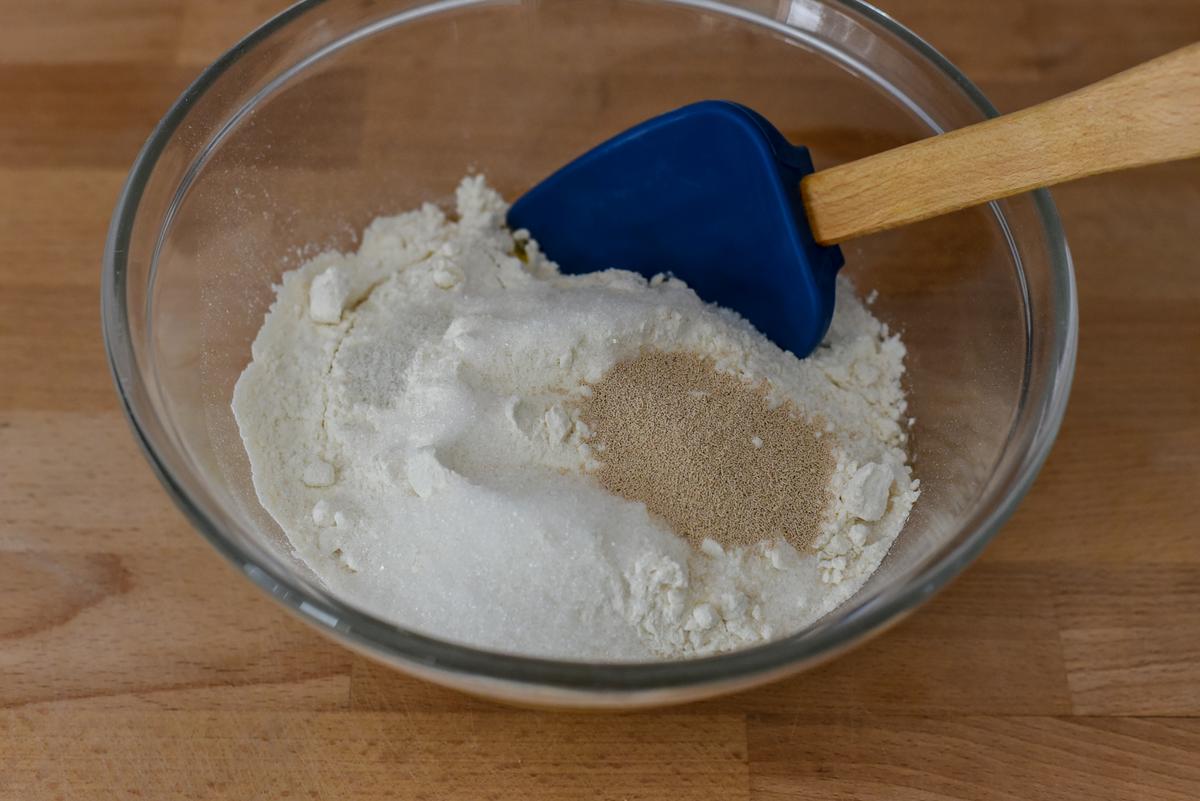
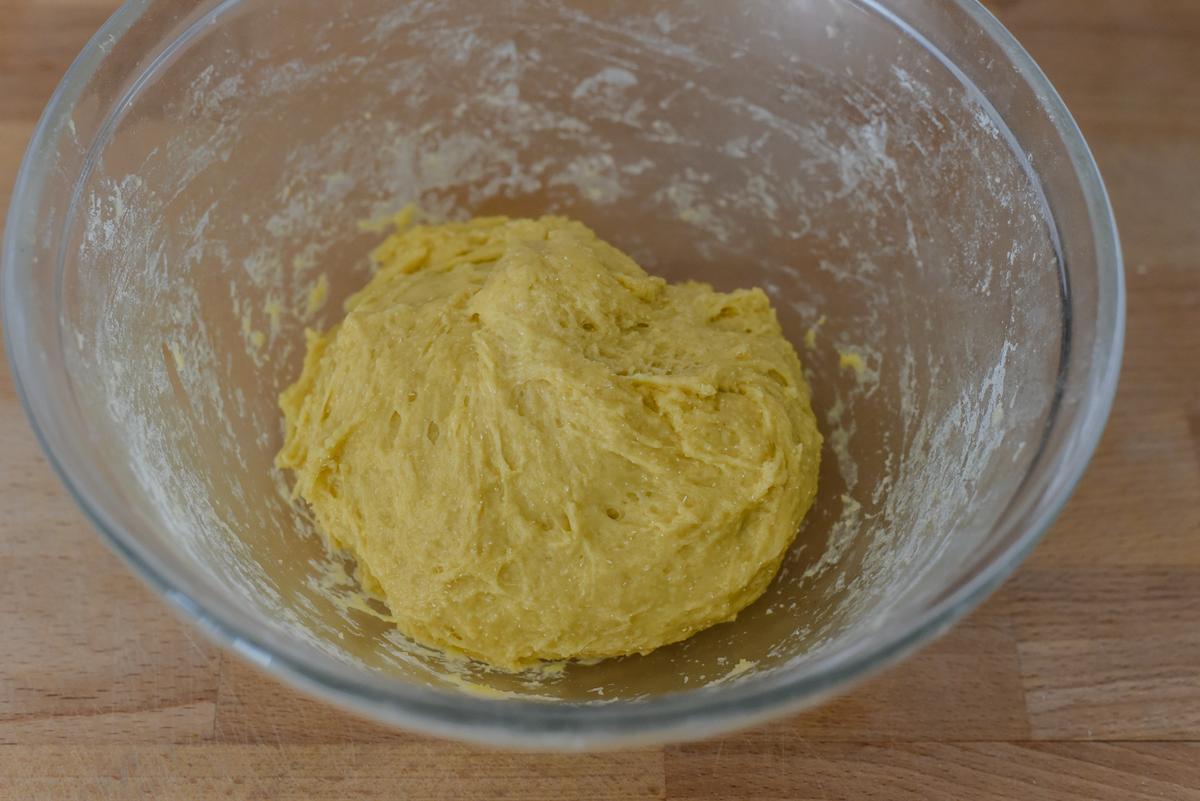
Add a quarter of the cold cubed butter and mix until well combined, and no bits of butter are visible. You can use a bowl scraper to scrape the dough from the sides of the bowl. Continue adding the butter in small amounts, kneading well between each addition.
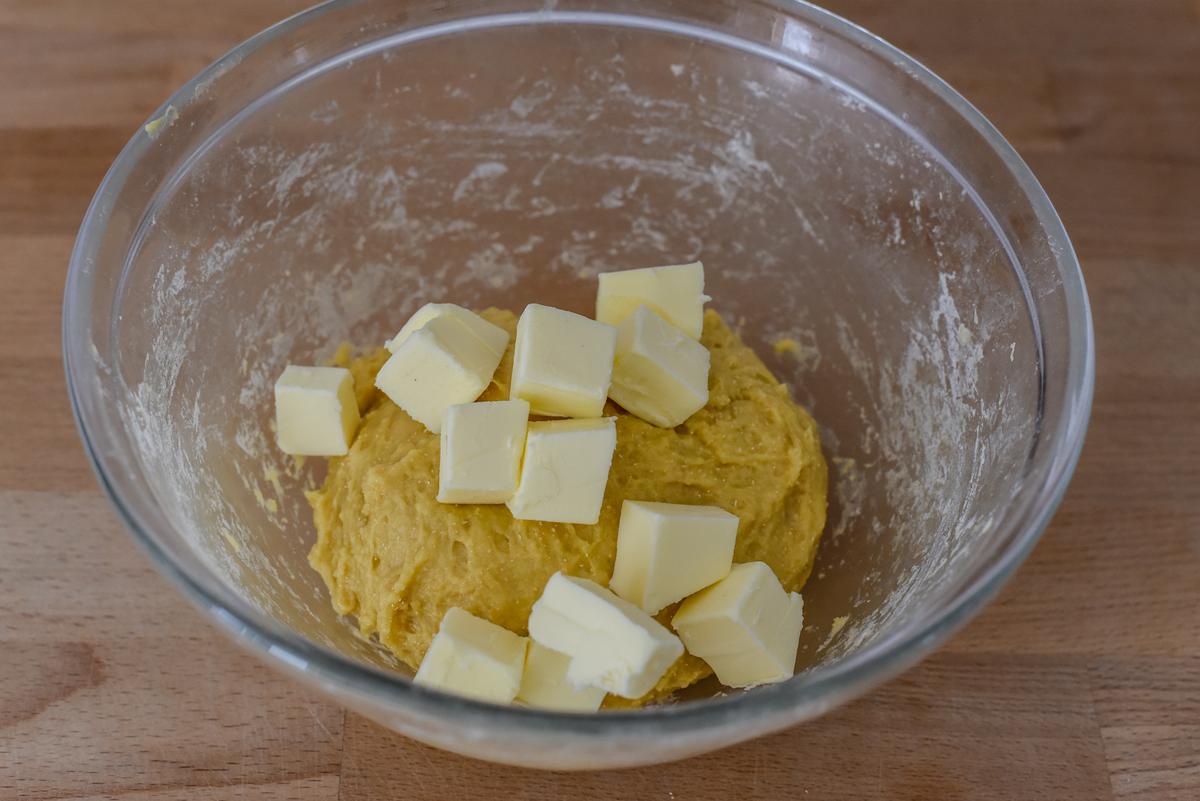
After all the butter is incorporated, use a scraper once again to unstick the dough from the bowl and gather it into a rough sticky ball. The dough will seem quite wet and sticky—this is normal. Cover the bowl and let rise in a draft-free environment at room temperature (ideally 80 to 90 degrees F) for 2 hours, until the dough has doubled in size.
Transfer the bowl to the fridge and let rise overnight (8 to 14 hours).
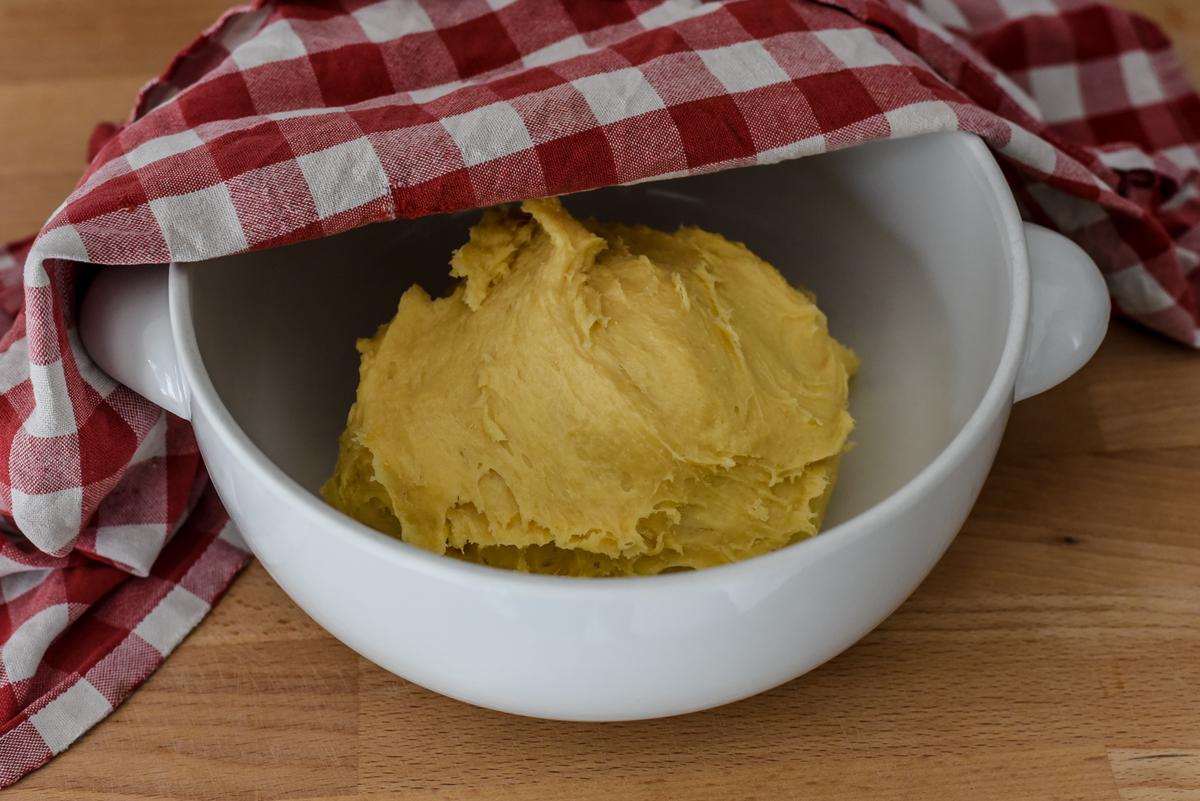
The next morning, take the bowl out of the fridge and let it warm up to room temperature for 1 hour. Grease and flour an 8 1/2-by-4 1/2-inch loaf pan.
Transfer the dough onto a floured working surface. Divide it into 6 equal pieces. Dust your hands with flour and shape each piece into a little ball. Place the 6 balls into the prepared pan, in 3 rows of 2. Cover the pan with a kitchen cloth and let rise for about 1 hour, until they’re almost double in size. They should be a bit jiggly when you shake the pan.
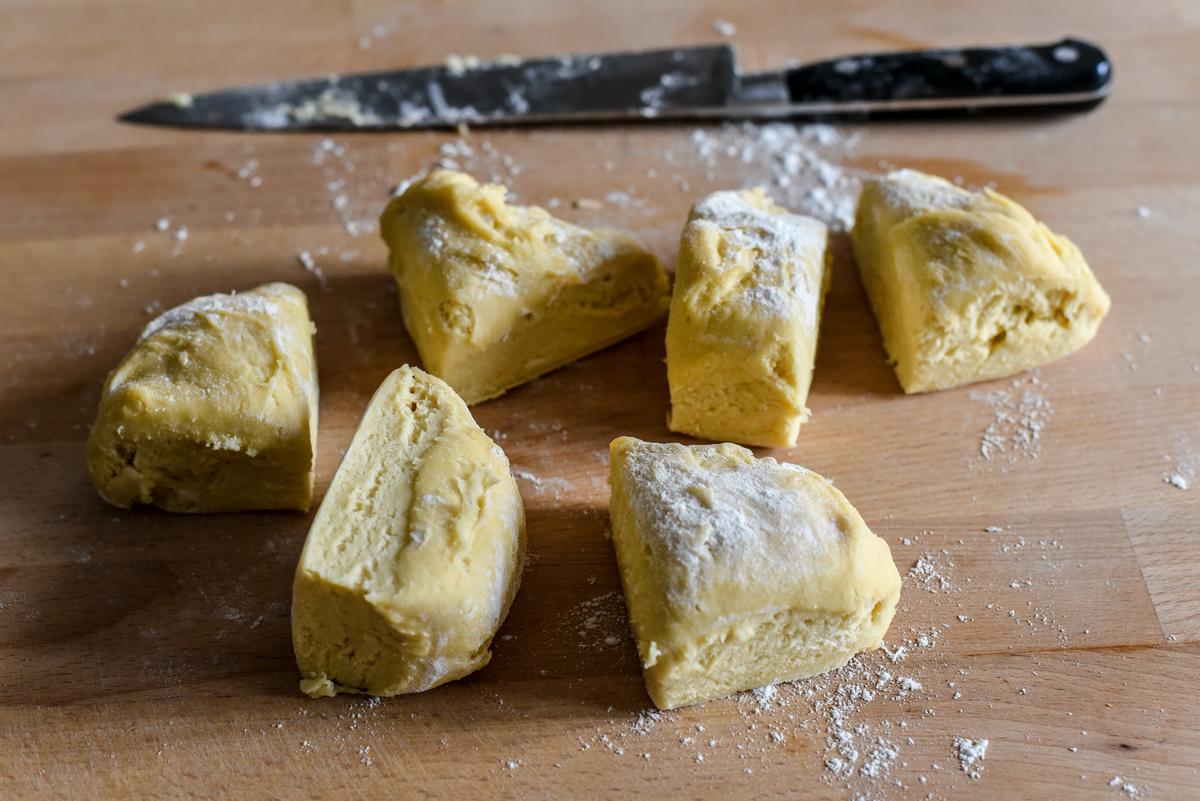
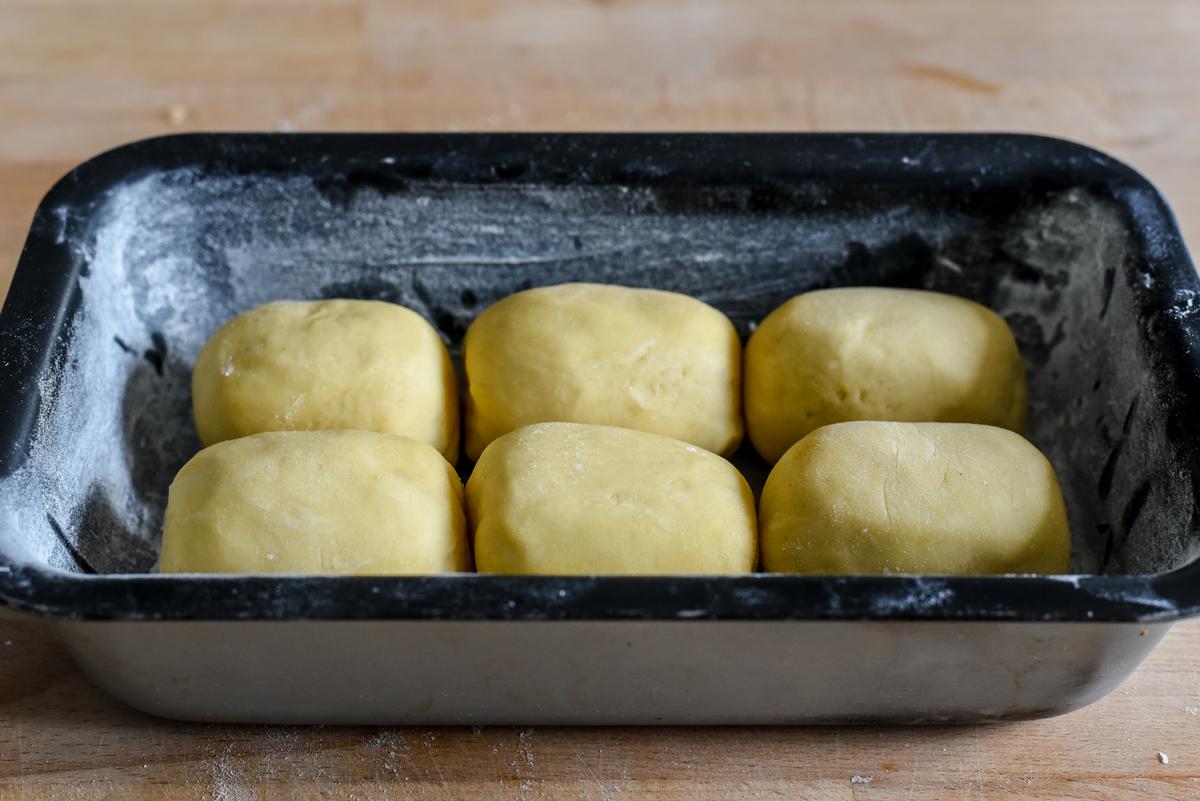
Preheat the oven to 350 degrees F with a rack in the middle.
In a small bowl, whisk together the egg and milk for the egg wash. Brush the mixture generously onto the shaped brioche dough. Bake for 30 minutes, until the brioche is golden and a knife inserted in the middle comes out clean.
Transfer onto a cooling rack and let cool for 15 minutes before removing from the pan.

